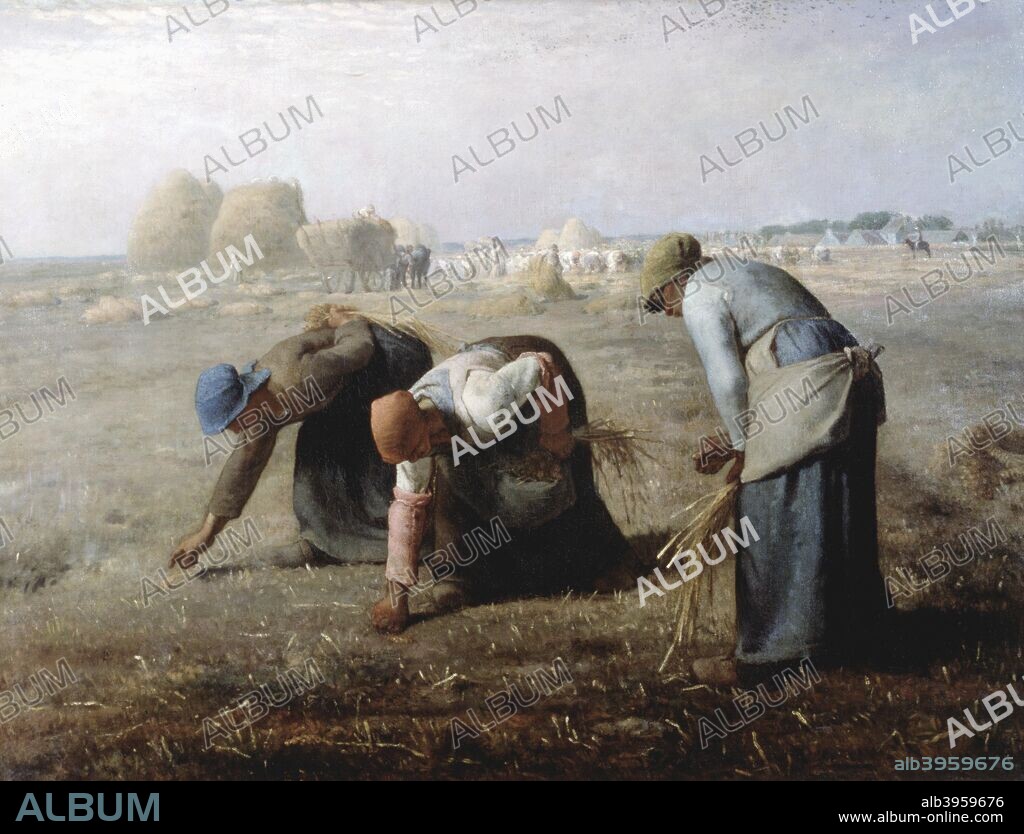alb3959676
'The Gleaners', 1857. Artist: Jean Francois Millet

|
Añadir a otro lightbox |
|
Añadir a otro lightbox |



¿Ya tienes cuenta? Iniciar sesión
¿No tienes cuenta? Regístrate
Compra esta imagen

Título:
'The Gleaners', 1857. Artist: Jean Francois Millet
Descripción:
Traducción automática: 'Las espigadoras', 1857. Tres mujeres recogen las espigas de trigo que quedan después de la cosecha y las almacenan en almiares (al fondo). A estas mujeres se les permitía quedarse con las espigas que recogían, y desempeñaban un papel importante en la economía de los hogares rurales pobres. Las mejores se molían para hacer harina y el resto se utilizaba para alimentar a las aves de corral. De la colección del Museo de Orsay, París
'The Gleaners', 1857. Three women collect ears of grain that have been left after the harvest has been gathered and stored in ricks (background). The gleanings that such women gathered they would be allowed to keep, and they played an important part in the economy of poor country households. The best would be ground into flour and the remainder used to feed poultry. From the collection of the Musee d'Orsay, Paris.
Crédito:
Album / Art Media / Heritage Images
Autorizaciones:
Modelo: No - Propiedad: No
¿Preguntas relacionadas con los derechos?
¿Preguntas relacionadas con los derechos?
Tamaño imagen:
3702 x 2825 px | 29.9 MB
Tamaño impresión:
31.3 x 23.9 cm | 12.3 x 9.4 in (300 dpi)
Palabras clave:
 Pinterest
Pinterest Twitter
Twitter Facebook
Facebook Copiar enlace
Copiar enlace Email
Email
